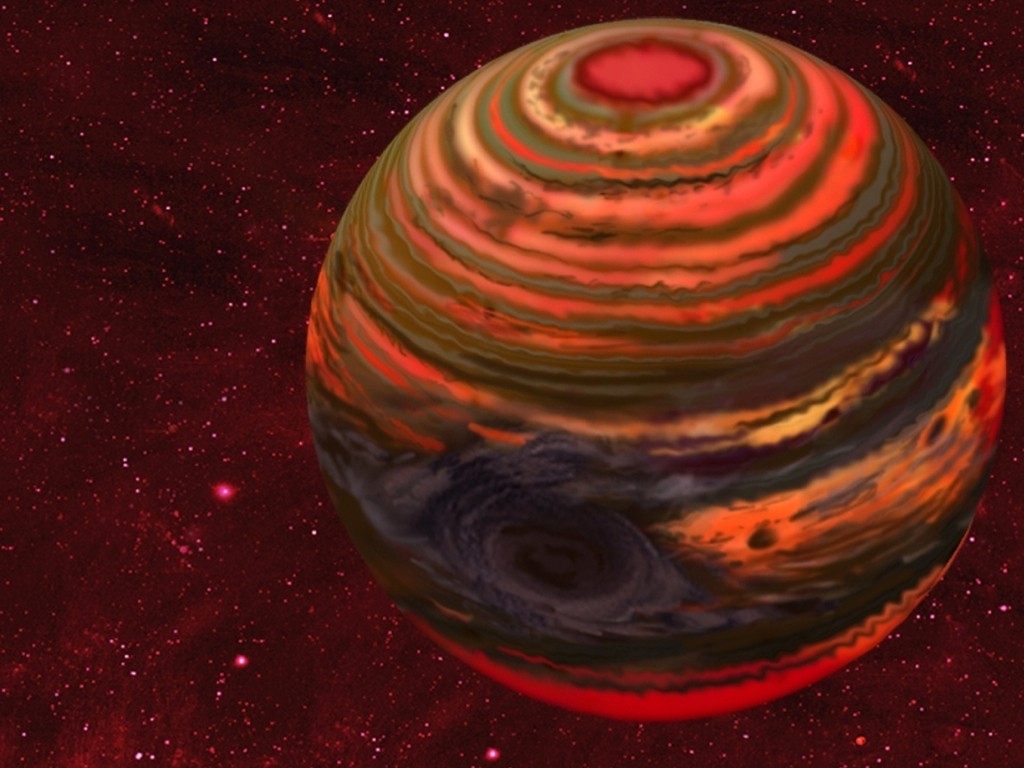Scientists used the James Webb Space Telescope to determine the composition of the atmosphere of the brown dwarf WISE 1828. It is located 32 light-years away from us and is relatively cold and small.

Cold brown dwarf
The James Webb Space Telescope helped scientists explore the brown dwarf WISEPA J182831.08+265037.8, which is shortly called WISE 1828. The article, which provides its updated characteristics, was published on February 8 on the arXiv website.
WISE 1828 is located 32.37 light-years away from us. This is relatively little by cosmic standards, but not so close. It is a typical representative of type Y objects. These are the smallest and coldest cosmic bodies that are not yet considered planets. They still emit a lot of energy, but thermonuclear reactions do not work on them.
Specifically, WISE 1828 is the size of Jupiter, but it is 10 times heavier than the largest planet in the Solar System. Its temperature is 378 K. That is, it is a little hotter than a boiling pot with borshch. Therefore, scientists have become very interested in what its atmosphere looks like.
What did the research show?
New research has become possible thanks to the near-infrared spectrograph installed on James Webb. They found water, carbon monoxide and carbon dioxide, ammonia and hydrogen sulfide. This is a very interesting set of components.
Scientists have found that the ratio of oxygen to hydrogen and sulfur to hydrogen in WISE 1828 is slightly higher than solar. But the ratio of nitrogen and hydrogen turned out to be the same as that of our luminary. Also, using two complementary atmospheric modeling instruments, the researchers could measure the metallicity and the ratio of carbon and oxygen content in the atmosphere of the brown dwarf.
One model indicates a metallicity of 0.3 dex, while the other indicates a metallicity of -0.57 dex. The carbon-to-oxygen ratios are similar, according to these two models, approximately 0.46 and 0.43 dex, respectively.
The scientists were also able to calculate the radius and refine the effective temperature of WISE 1828. One model assumes that they are 1.23 Jupiter radii and 534 K, and according to another, the planet is smaller and colder — 1.03 Jupiter radii and 425 K.
According to phys.org
Follow us on Twitter to get the most interesting space news in time
https://twitter.comne/ust_magazine


